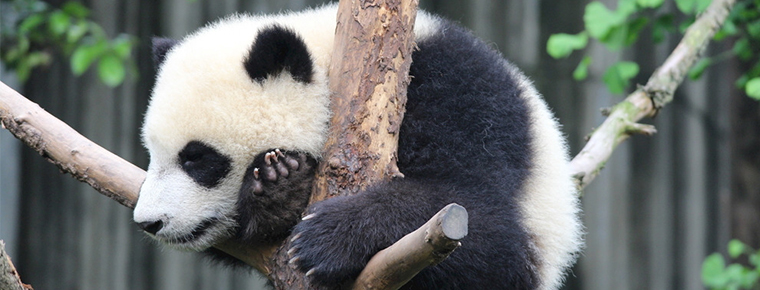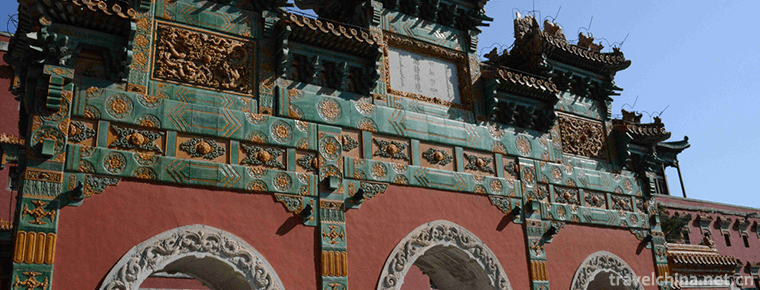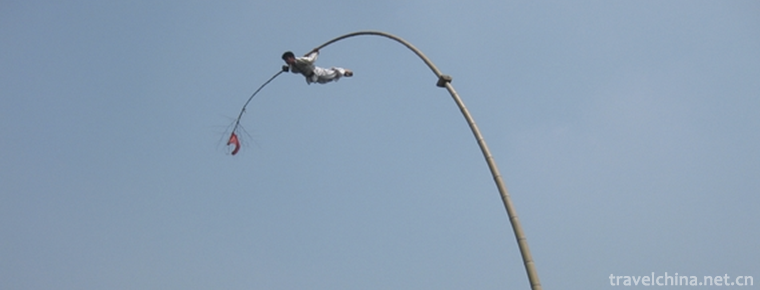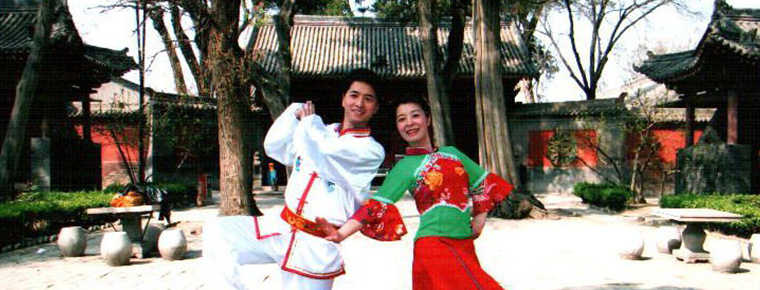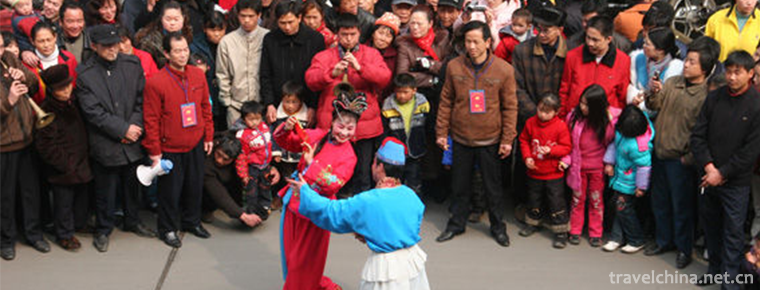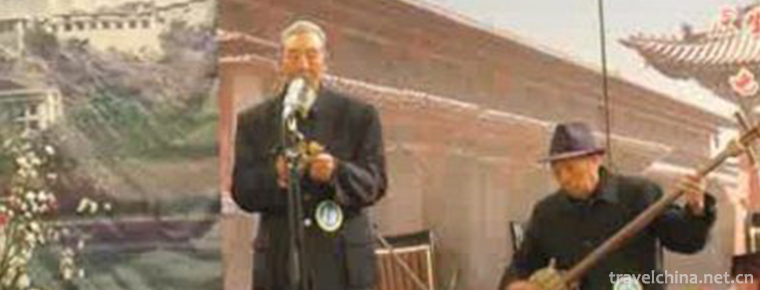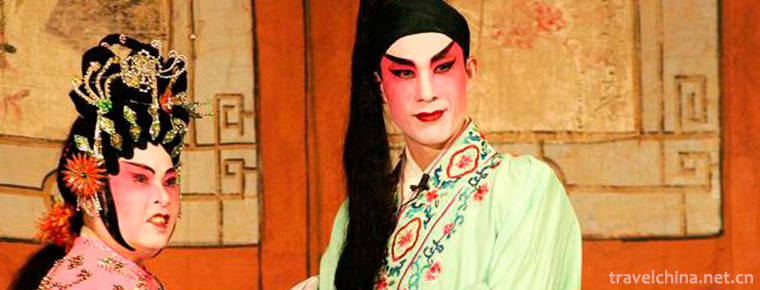Tangya Tusi City Site
Tangya Tusi City Site
Tangya Tusi Town Site is located in Tangya Town, Xianfeng County, Enshi Tujia and Miao Autonomous Prefecture, Hubei Province, with its back to Xuanwu Mountain and facing Tangya River. The site is located in Shizhou, where Tujia people have settled since ancient times. Since the end of the Yuan Dynasty, Tusi inherited and ruled the territory of 600 square kilometers.
Tangya Tusi City was built from the Yuan Dynasty to the 15th year of Zhengzheng (1355), prosperous in the beginning of tomorrow, abolished in the 13th year of Yongzheng in the Qing Dynasty (1735) to return to the native land, a total of 16 generations of 18 Tusi, a total of 381 years. The site covers an area of 740,000 square meters. The main natural landscape remains are Zhangwangmiao, the archway of Jingnanxiong Town, the Yashu, the Grand Temple, the tomb of Tusi, the quarry, barracks, bridges, courtyards and roads.
Tangya Tusi City Site is one of the most representative Tusi City Sites in Southwest China, with clear pattern, complete function and complete preservation. It is of great value to the study of the system of Chinas Department and the history and culture of Tujia nationality. In 2006, it was announced by the State Council as the Sixth Batch of key national cultural relics protection units. In July 2015, at the 39th session of UNESCO World Heritage Committee, held in Bonn, Germany, it was successfully included in the World Heritage List.
Six years from Yuan Dynasty to Zhengzheng (1246), Tangya Tusi City was built.
In the fourth year of Hongwu in Ming Dynasty (1371), the tomb of the second generation of Tusi was built.
Ming Wanli 39 years (1611), stone carved into stone.
In the first year of Tianqi in Ming Dynasty (1621), the site of Tusi City in Tangya was expanded.
In the fourth year of the Ming Dynasty (1624), the archway of "Jingnan Xiong Town" was built.
Three years of Chongzhen in Ming Dynasty (1630), Mrs. Tian's tomb and archway were erected.
In the thirteenth year of Yongzheng in the Qing Dynasty (1735), the Tusi City of Tangya was abandoned.
In 1978, the cultural relics department of Xianfeng County investigated and registered as immovable cultural relics.
In 1983, a horse pavilion was built in Zhangwang Temple.
In 1986, during the second national census of cultural relics, the Department of cultural relics in Xianfeng County investigated and mastered a large number of cultural relics background information, collected a number of cultural relics such as "Chief Tangya Official Seal" and was declared as a cultural relics protection unit at the county level by the people's government of Xianfeng County.
In 1988, the Tujia and Miao Autonomous Prefecture in Western Hubei was announced as a state-level cultural relics protection unit by the people's government.
In 1990, the walls of Tusi's courtyard were maintained and strengthened, and new walls and iron gates were built around the tombs of the king and Mrs. Tian.
In 1992, it was declared as a provincial cultural relic protection unit by the people's government of Hubei Province. In the same year, it maintained stone archways, tombs of Tuwang and tombs of Mrs. Tian.
In 1993, cultural relics protection unit signs were set up.
In 2000, the People's Government of Hubei Province announced the protection scope and construction control zone of Tangya Tusi City Site.
In 2001, the drainage ditches of Tuwang tomb, archway and Zhangwangmiao were repaired, and the collapse and damage parts of courtyard walls and streets were repaired. In the same year, Xianfeng County Cultural Relics Management Institute again conducted a key investigation here and collected some scattered cultural relics.
In 2003, the Xianfeng County Government formulated local management measures, such as "Tangyasi Cultural Relics Protection and Management Code" and "Tourist Notes", to restrain the behavior of residents and tourists, and to strengthen the legal propaganda of cultural relics protection.
In 2006, it was announced by the State Council as a national key cultural relics protection unit.
In 2011, the Institute of Cultural Relics and Archaeology of Hubei Province carried out partial archaeological excavations to further explore the distribution scope, overall layout and local architectural structure of the site.
In November 2012, Tangya Tusi Site was listed in the Preparatory List of World Cultural Heritage Sites in China.
In 2013, "Tangya Tusi City Site Protection and Management Measures" and "Tangya Tusi City Site Protection and Management Planning" were promulgated and implemented.
On March 13, 2013, the People's Government of Hubei Province formally wrote to the State Administration of Cultural Relics to apply for the inclusion of the Tusi Site of Tangya in the national heritage project of 2015.
On July 5, 2015, Tangya Tusi City Site was successfully listed on the World Cultural Heritage List.
Visiting information
traffic
The traffic of the Tusi City Site in Tangya is inconvenient. It needs to travel more than 20 kilometers from Xianfeng County.
Get accommodation
Visitors can choose to live in Xianfeng County, the price is more affordable.
Pictures From:
http://bbs.fengniao.com/forum/10591144.html
http://bbs.fengniao.com/forum/2730998.html
http://bbs.fengniao.com/forum/2530681.html
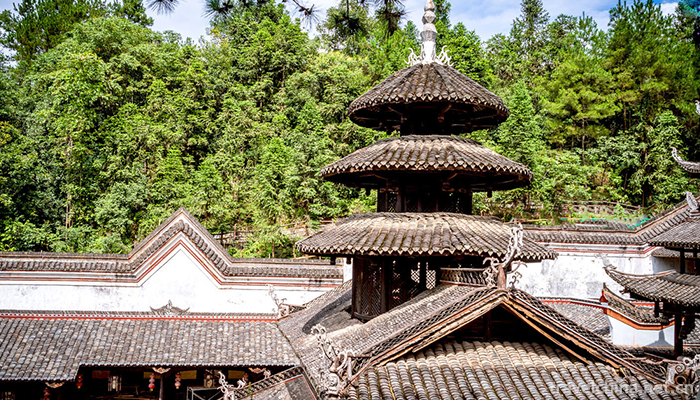
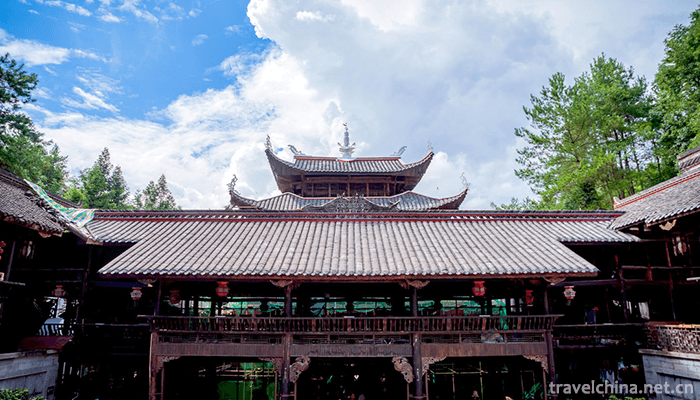
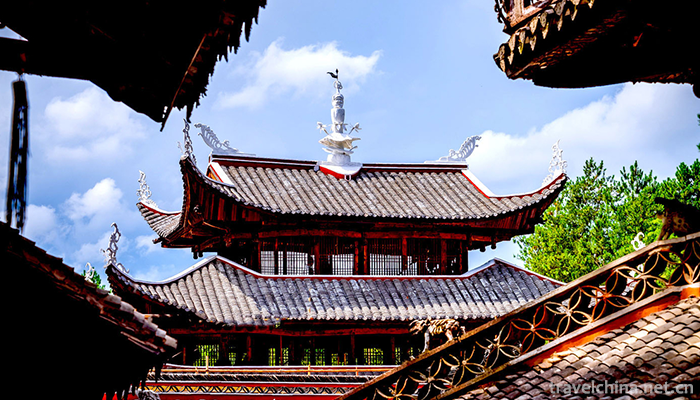
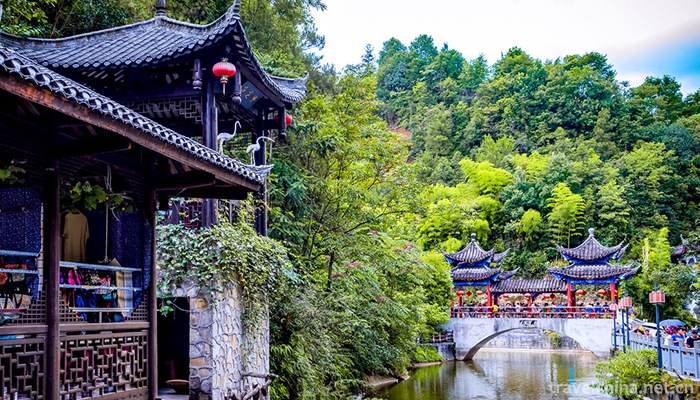
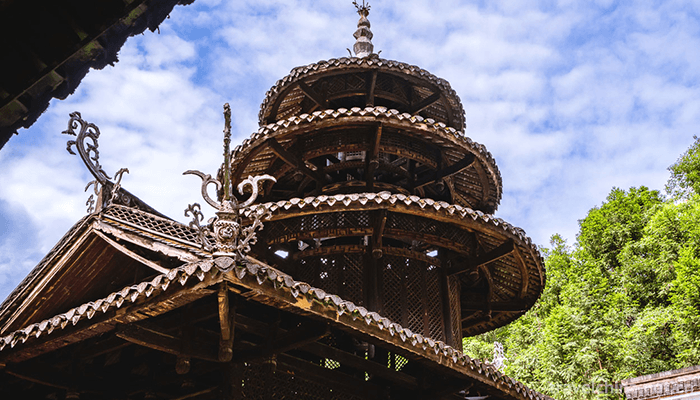
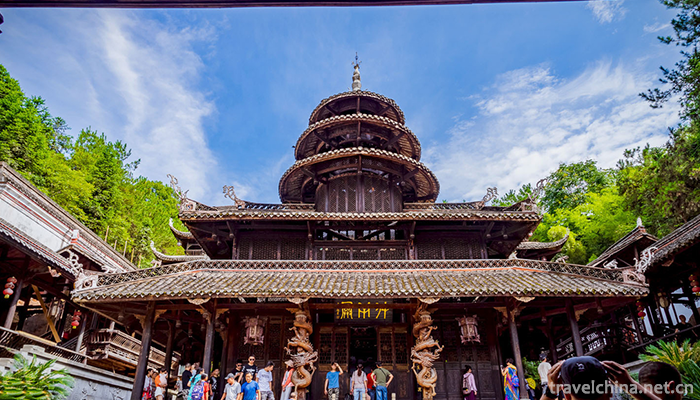

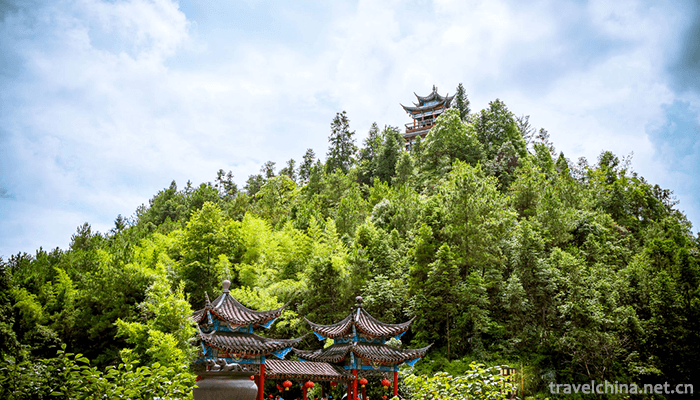

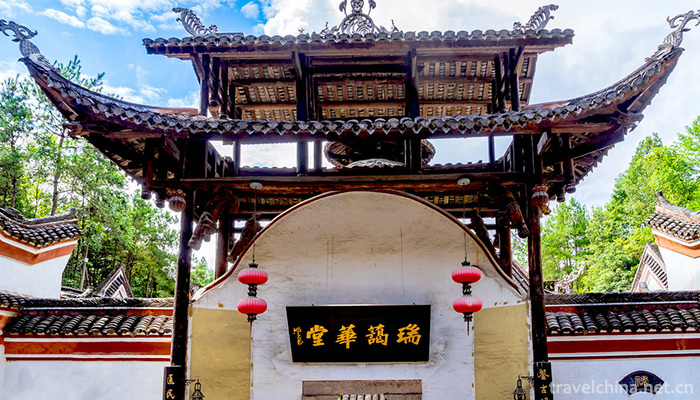
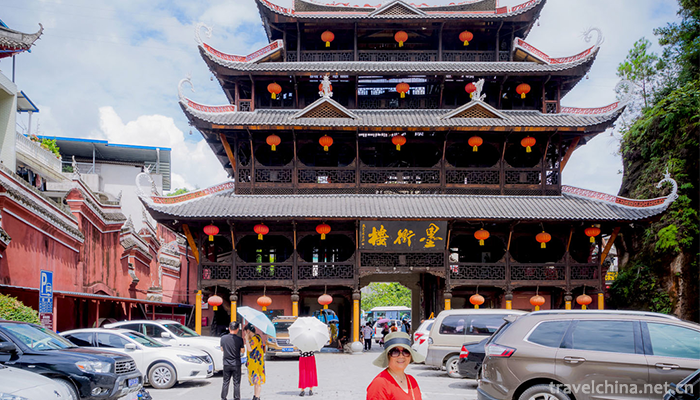
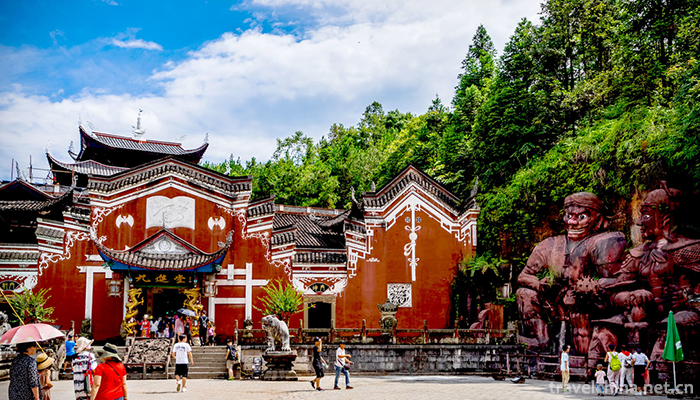
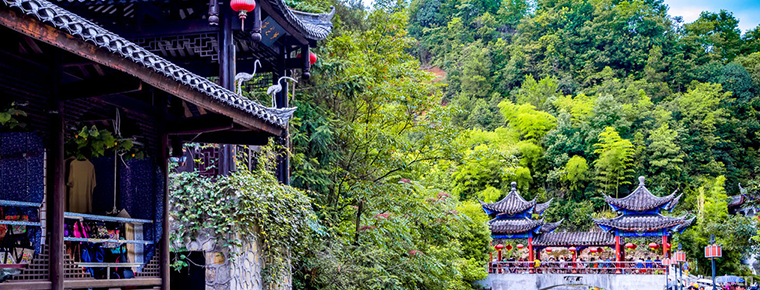
Tangya Tusi City Site
-
Asihatu Stone Forest
Chaihe Tourist Scenic Spot has a total area of 1368.7 square kilometers, which is a national 5A tourist scenic spot. The area of Alshan City in Xing'an League is 7408.7 square kilometers, and Chaihe T
Views: 154 Time 2019-01-02 -
Guanlan Mountain and Water Pastoral
Shenzhen Guanlan Mountain and Water Pastoral Tourist Park covers an area of 300,000 square meters. It is located in Guanlan Street, Longhua District. It integrates food, housing, hot springs
Views: 149 Time 2019-01-13 -
Putuo Zong Cheng
Putuo Zongcheng Temple, located in the north of Chengde Summer Resort and south of Shizigou, Hebei Province, covers an area of 220,000 square meters
Views: 181 Time 2019-02-07 -
High bar technology
High-pole boat acrobatics is a traditional folk acrobatics project which simulates silkworm babies'silk spinning as cocoon action performed at the sacrificial ceremony of Silkworm God in Zhejiang Prov
Views: 156 Time 2019-04-30 -
Guwo Yushu Samurai Dance
Samurai dance is a unique style of etiquette folk dance spread in Yushu. It is called Guowa (or Guowa) in Tibetan. Guo refers to weapons in Tibetan. It means warriors with weapons. Wo refers to dancer
Views: 135 Time 2019-05-02 -
Hancheng Yangko
Hancheng Yangko, commonly known as "singing Yangko", is a form of singing that integrates folk songs, rap and dance, and derives from traditional opera
Views: 328 Time 2019-05-02 -
Nanxian Flower Drum
On May 20, 2006, the local flower drum of Nanxian County was listed in the first batch of national intangible cultural heritage list with the approval of the State Council.
Views: 129 Time 2019-06-07 -
Qinghai Lower String
Qinghai Xixian, which originated in the late Qing Dynasty, is one of the traditional folk arts native to Qinghai. It is a sitting and singing art, singing alone or in pairs.
Views: 260 Time 2019-06-11 -
Guangdong Opera YueJu
Guangdong Opera, also known as "Guangdong Opera" or "Grand Opera", is one of the traditional operas in Guangdong. It originates from Nanxi Opera and is popular in Guangdong and Gua
Views: 204 Time 2019-07-16 -
Xiaoxiangling scenic spot
The synonym Xiaoxiangling generally refers to Xiaoxiangling scenic spot
Views: 172 Time 2020-10-16 -
Cultural undertakings in Panzhihua
As of the end of 2018, Panzhihua has 3 museums and exhibition halls; 50 cultural (Art) museums, including 44 cultural stations and 8 theatres and cinemas; and 6 public libraries, with a total collection of 990800 books. There are 43 Township radio and television stations and
Views: 261 Time 2020-12-14
